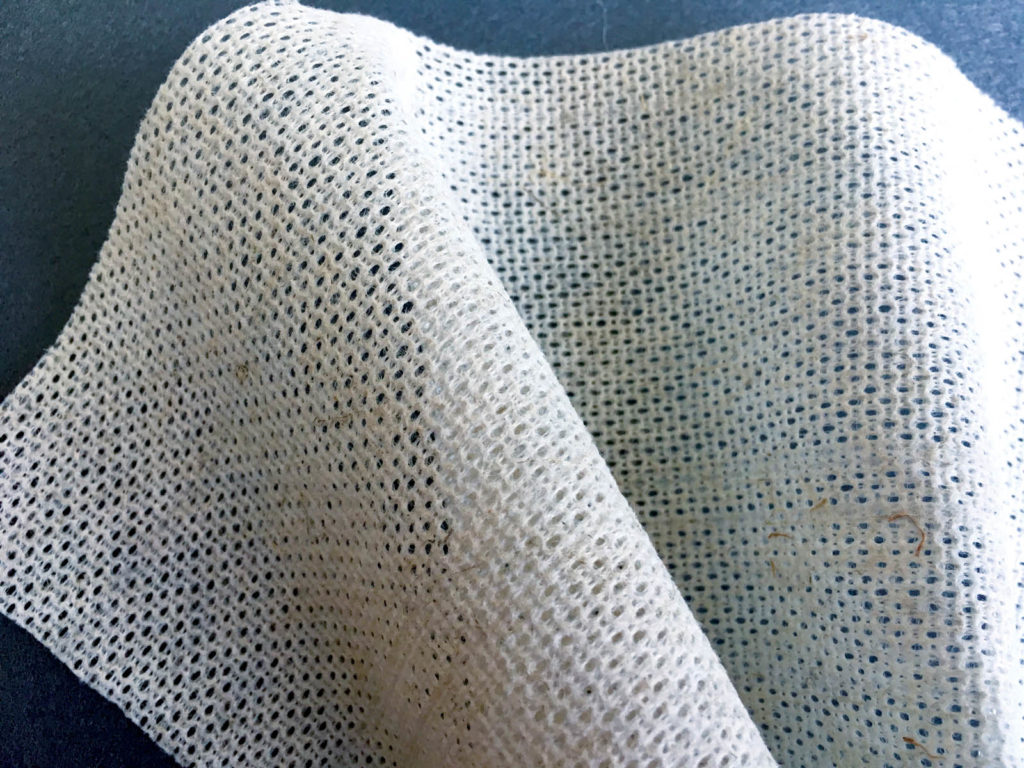
Nonwoven fabrics global market report

The “Nonwoven Fabrics Market: Global Industry Trends, Share, Size, Growth, Opportunity and Forecast 2022-2027” report has been added to ResearchAndMarkets.com’s offering.
The global nonwoven fabrics market reached a value of US$ 39.8 Billion in 2021. Looking forward, the publisher expects the market to reach US$ 57.9 Billion by 2027, exhibiting a CAGR of 6.45% during 2021-2027. Keeping in mind the uncertainties of COVID-19, we are continuously tracking and evaluating the direct as well as the indirect influence of the pandemic on different end use industries. These insights are included in the report as a major market contributor.
Nonwoven fabrics refer to cohesive fabric-like textiles manufactured by arranging fibers together using heat, chemicals or pressure. Some of the commonly used production methods include fiber entanglement and chemical and thermal bonding of materials, such as olefin, polyester and rayon.
In comparison to the traditionally used fabrics, such as cotton, linen, wool and silk, nonwoven fabrics are lighter, do not require weaving or knitting to manufacture interlinings, insulation and protection clothing, industrial workwear, chemical defense suits and footwear components. As a result, they find extensive applications across various industries, such as personal care & hygiene, automotive, healthcare, building & construction and filtration.
Significant growth in the textile industry across the globe represents one of the key factors creating a positive outlook for the market. This, in turn, is contributing to the market growth. Nonwoven fabrics are widely used to manufacture healthcare essentials, such as face masks, isolation gowns, drapes, single-use caps and shoe and headcovers. In line with this, the widespread adoption of these fabrics for the production of light-weight automobile components is also contributing to the growth of the market.
Additionally, various product innovations, such as the development of smart nonwoven fabrics and blast-resistant curtains, are acting as other growth-inducing factors. These textiles expand under tension, thereby absorbing shockwaves and catching flying debris. Other factors, including the technological advancements in the manufacturing technologies, along with research and development (R&D) in the production of environment-friendly fabrics, are anticipated to drive the market further.
For more information about this report visit https://www.researchandmarkets.com/r/lquorb
 TEXTILES.ORG
TEXTILES.ORG 
